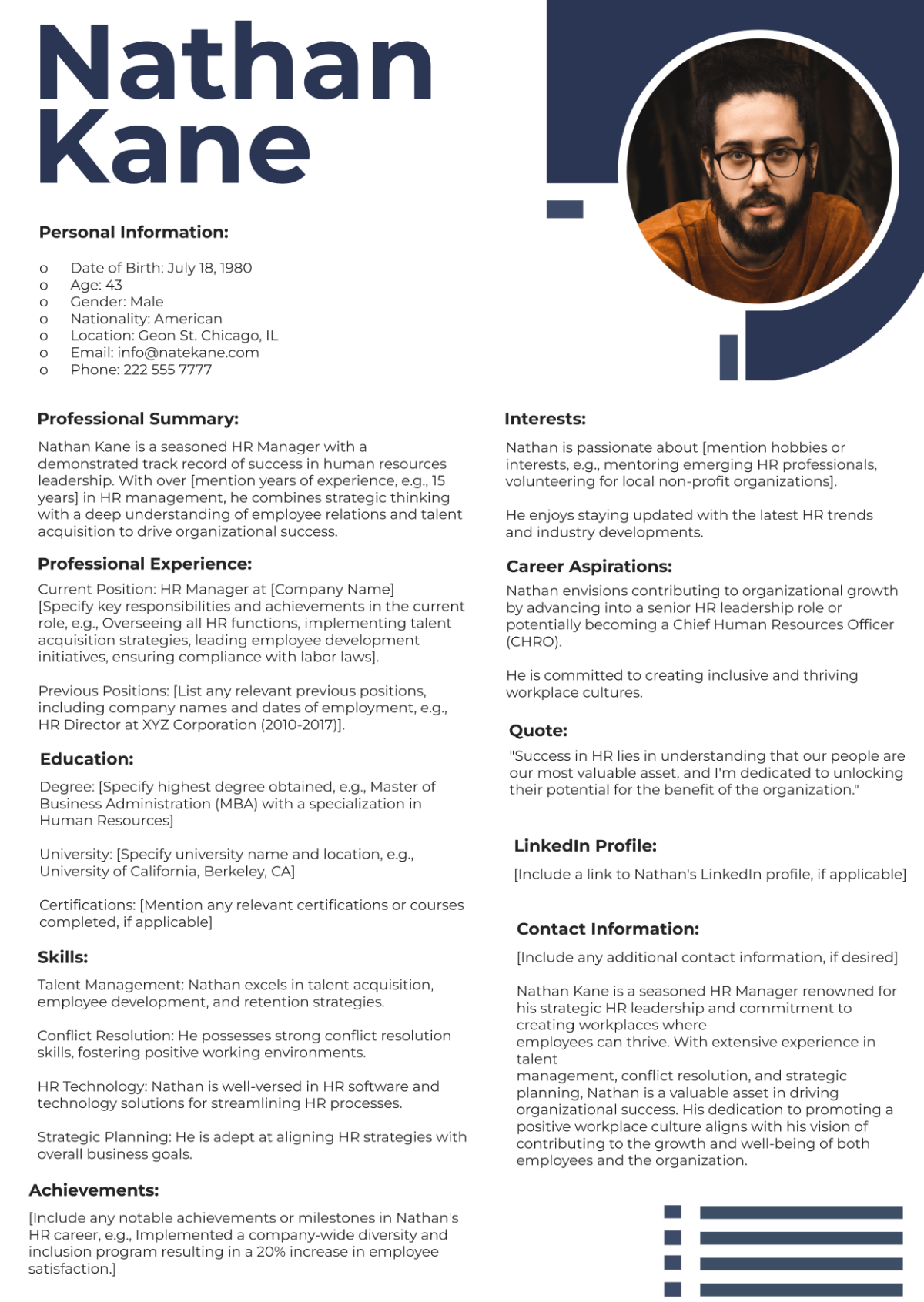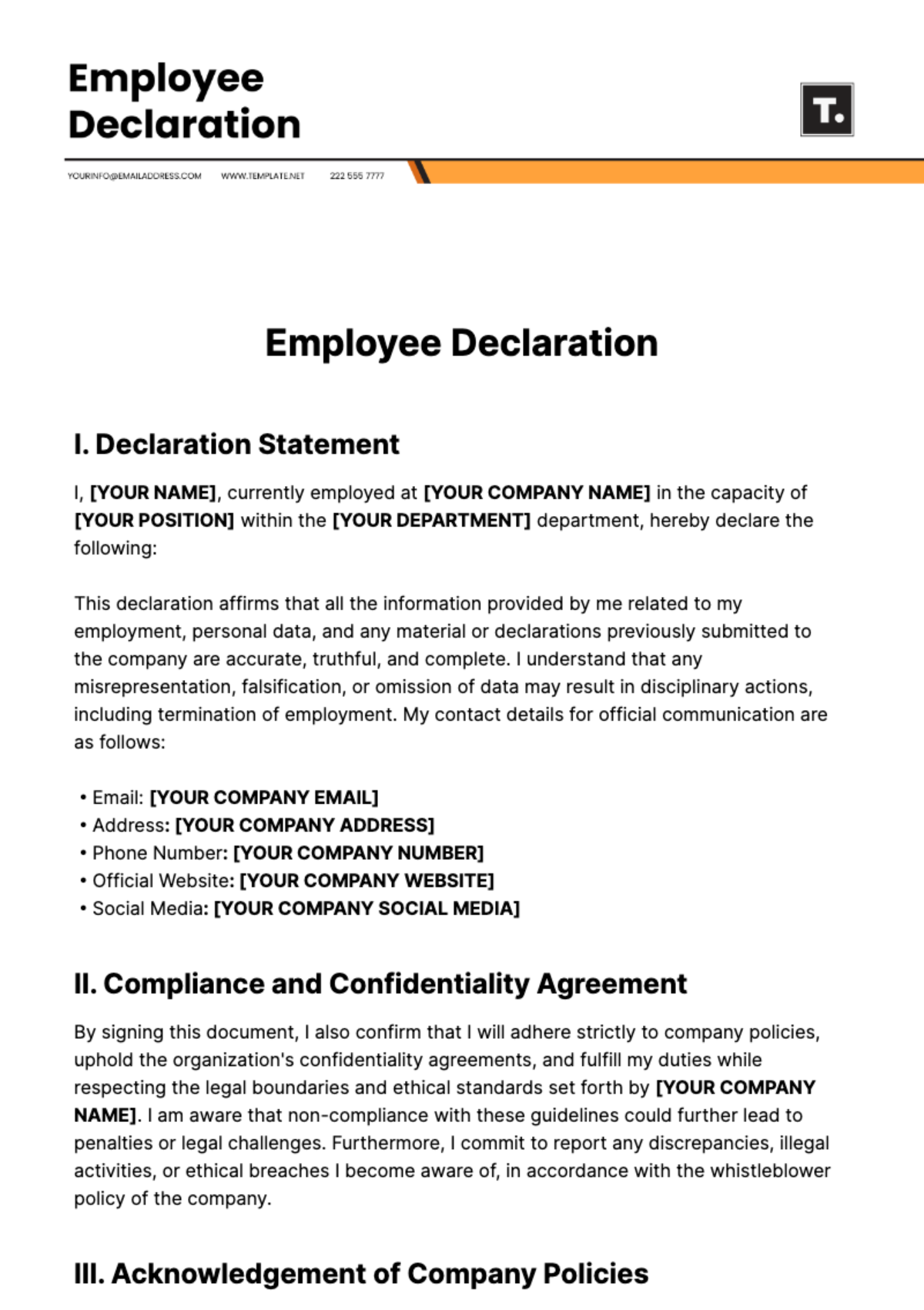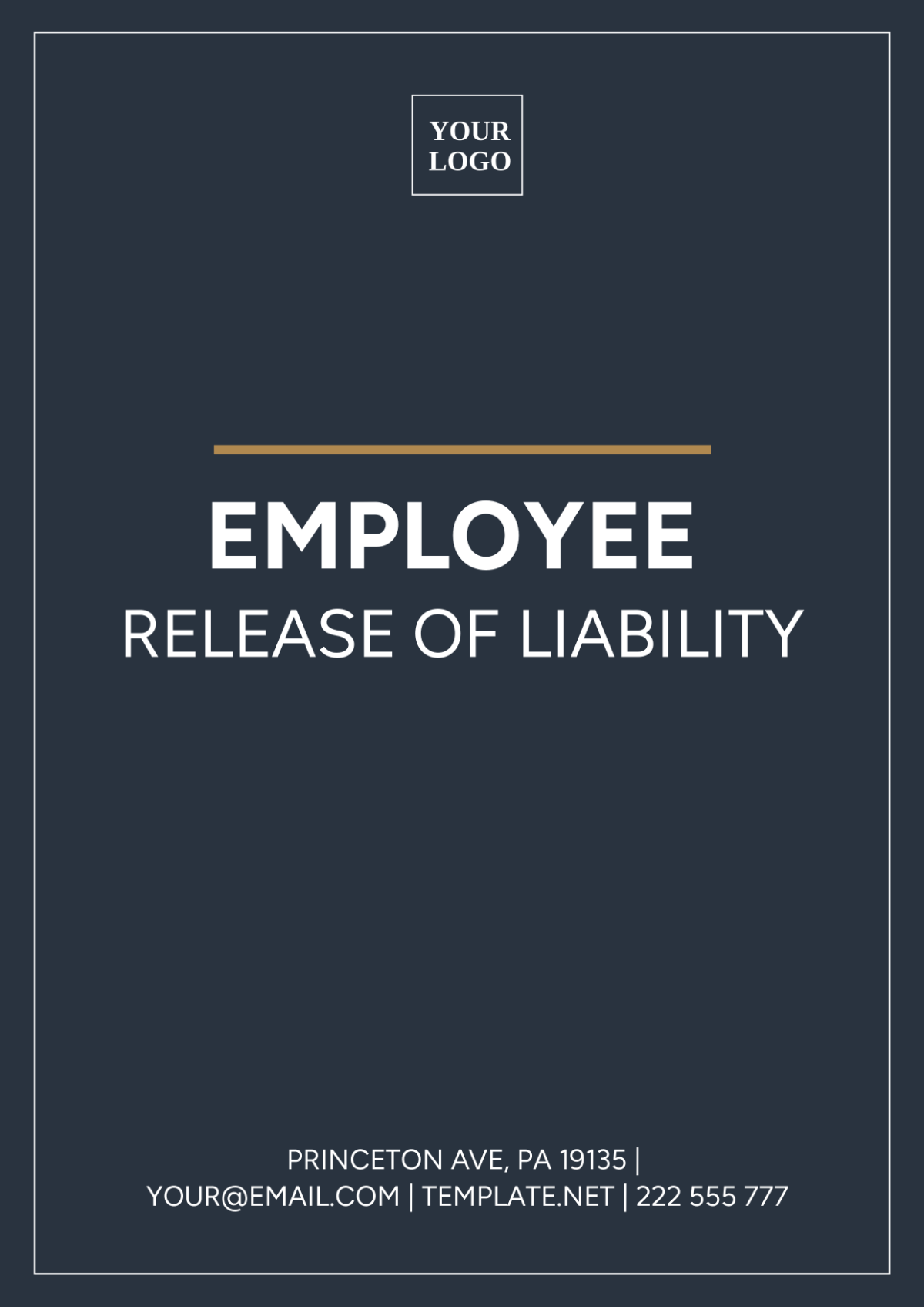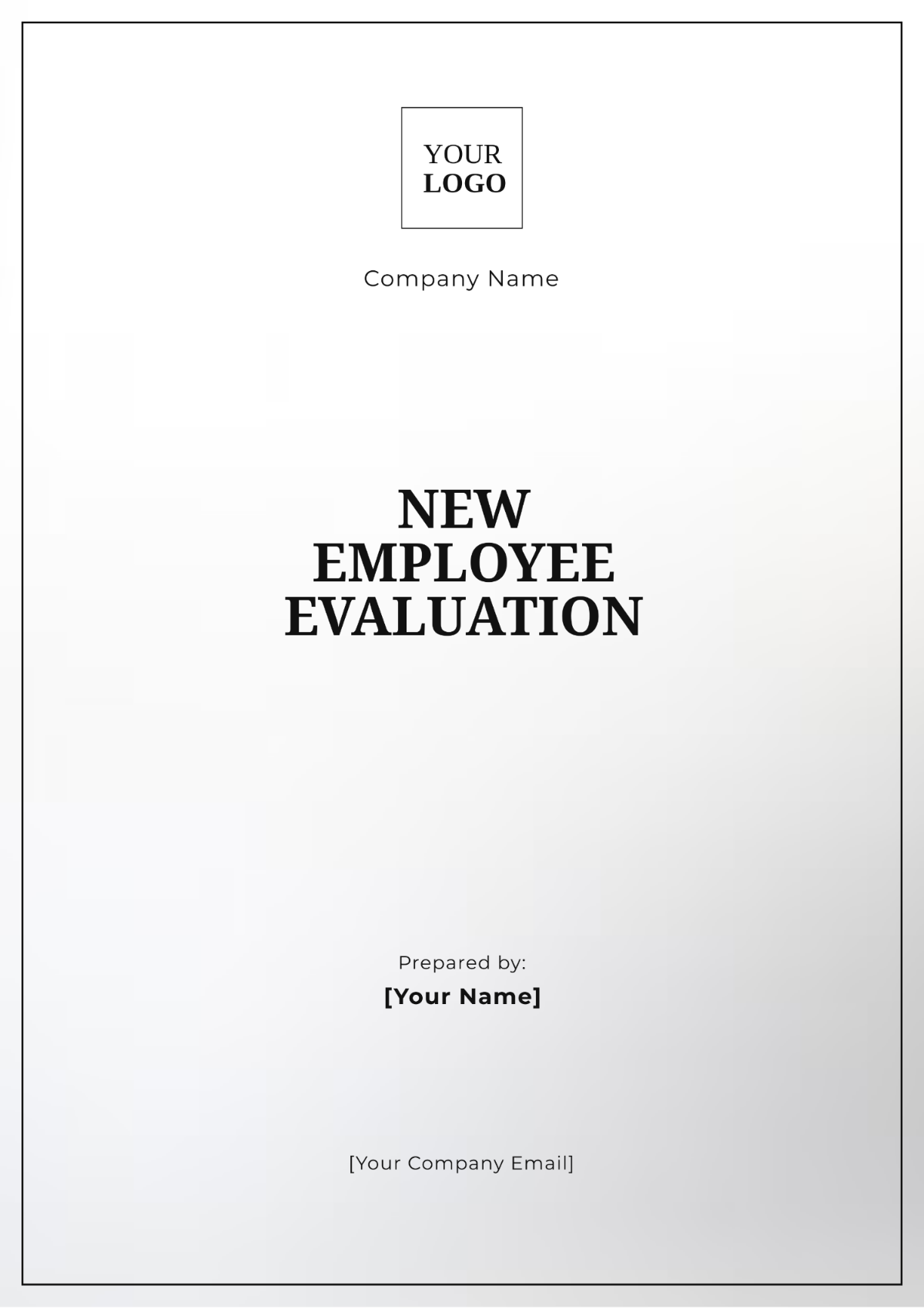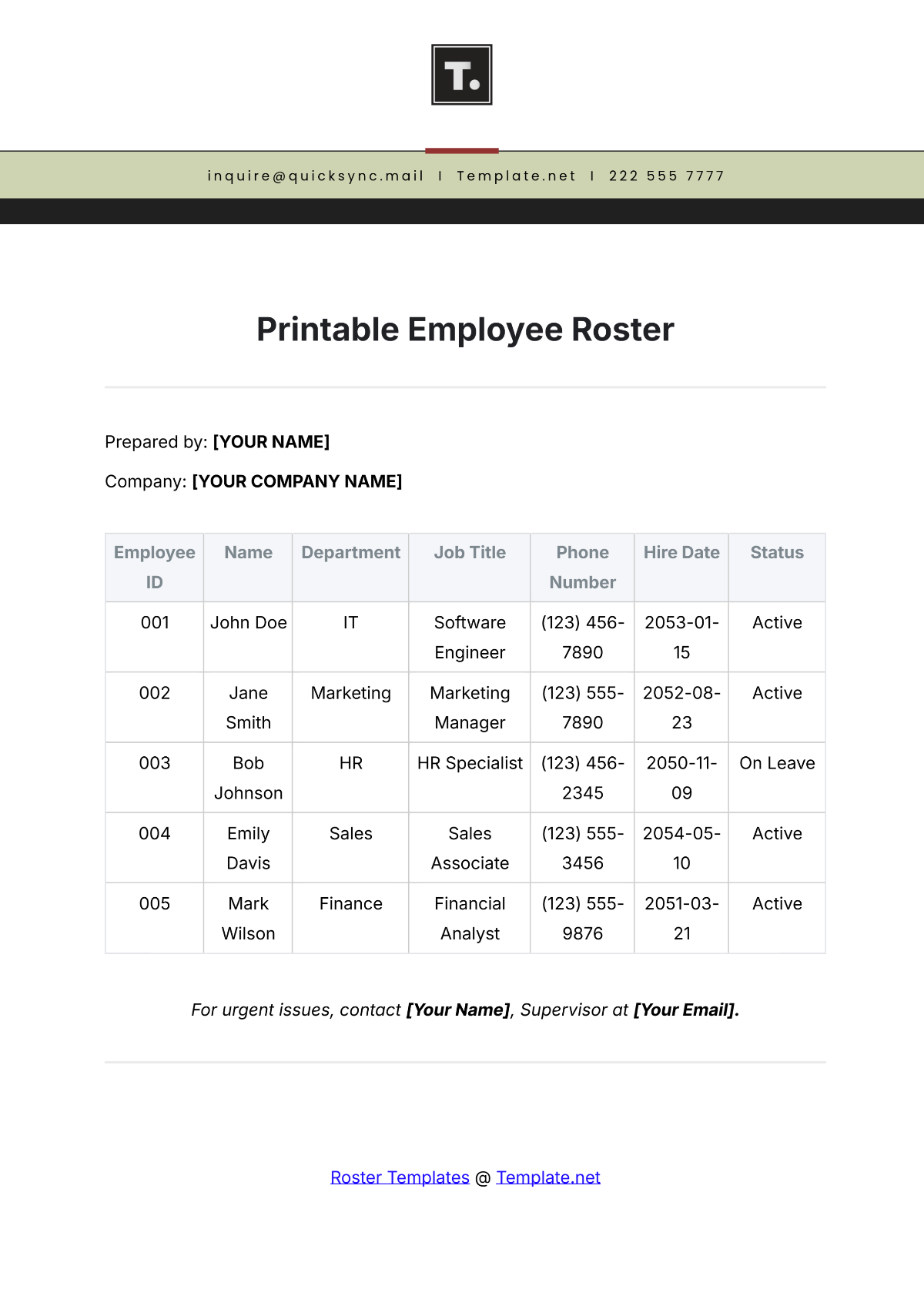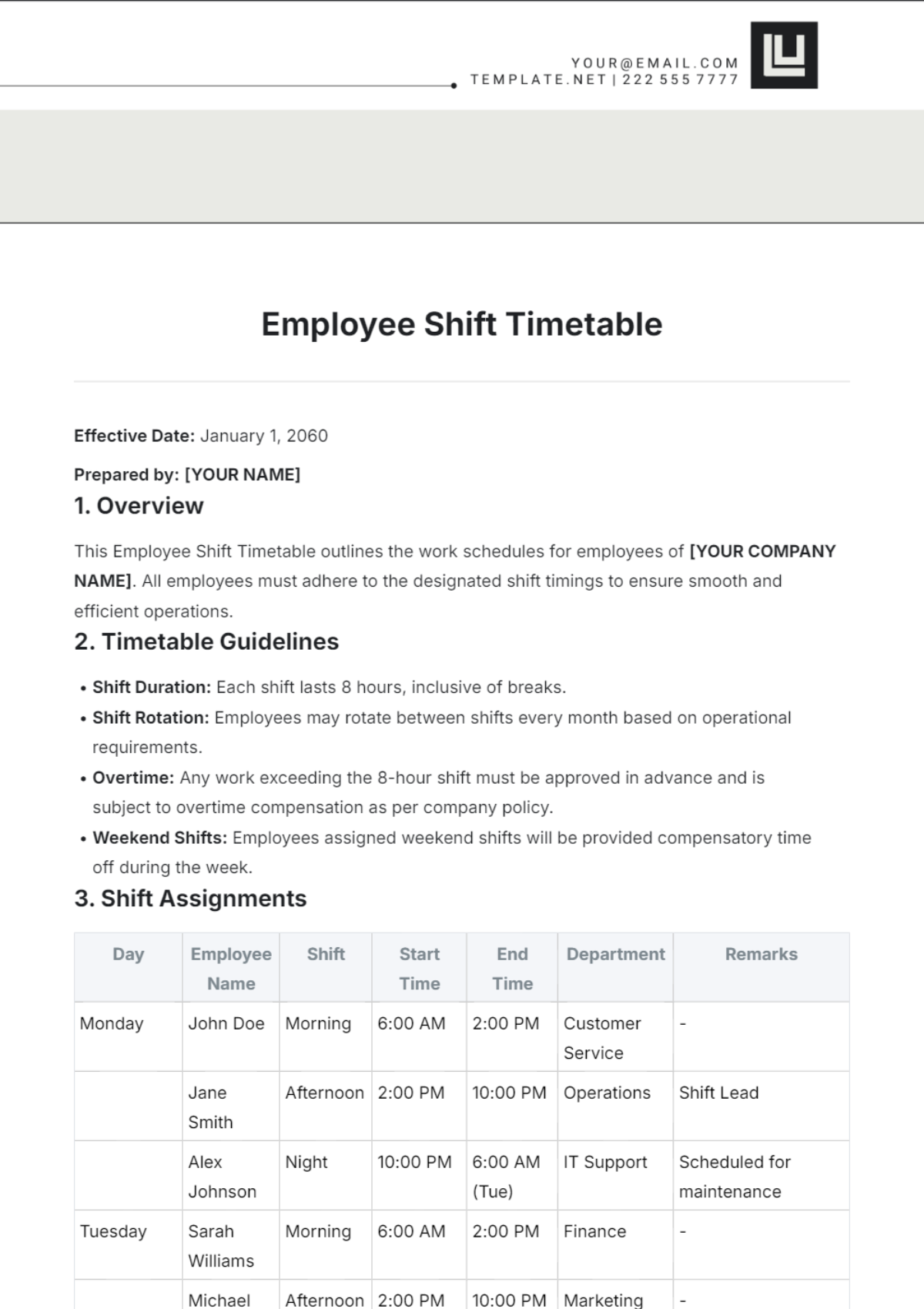KRA for Remote Employees
Prepared by: [YOUR NAME]
Email: [YOUR EMAIL]
Company Name: [YOUR COMPANY NAME]
Company Address: [YOUR COMPANY ADDRESS]
Company Social Media: [YOUR COMPANY SOCIAL MEDIA]
I. Objective of the KRA
The objective of this KRA is to define the key responsibilities and performance metrics for remote employees within [YOUR COMPANY NAME]. By doing so, we aim to enhance productivity, facilitate effective communication, and support individual development aligned with our organizational goals.
II. KRA Components
KRA Category | Key Responsibilities | Performance Metrics | Timeline for Assessment |
|---|---|---|---|
Project Management | Complete assigned projects on time and within budget. | 90% of projects completed by deadlines. | Quarterly reviews starting January 1, 2050. |
Communication | Maintain regular updates with team members. | Weekly team updates and meeting attendance above 90%. | Monthly feedback sessions. |
Quality Assurance | Ensure high standards of work and client satisfaction. | 95% positive feedback from clients. | Review after each project completion. |
Professional Development | Engage in continuous learning and skill development. | Completion of at least two training courses per year. | Annual review on December 1, 2050. |
Team Collaboration | Actively participate in team discussions and initiatives. | Contribution to at least one team project quarterly. | Ongoing, reviewed quarterly. |
III. Use Cases for the KRA
Performance Management: This KRA will be utilized during performance appraisals to evaluate employees based on the defined metrics and responsibilities, ensuring fair and transparent assessments.
Goal Alignment: By outlining specific responsibilities and metrics, the KRA aligns individual goals with team and organizational objectives, fostering a cohesive work environment.
Feedback and Development: Regular reviews based on the KRA will provide opportunities for feedback, guiding employees in their professional growth and identifying areas for improvement.
Resource Allocation: Understanding each employee’s KRAs will allow management to allocate resources more effectively, ensuring that tasks are matched to the right skills and strengths.
Onboarding: For new remote employees, this KRA serves as a foundational document, helping them understand their roles and the expectations set forth by [YOUR COMPANY NAME].
IV. Conclusion
Implementing a well-structured KRA for remote employees at [YOUR COMPANY NAME] is a strategic step towards enhancing accountability, clarity, and performance. As we adapt to the evolving landscape of remote work, this document will serve as a vital tool for supporting our employees in achieving their objectives and contributing to the success of the organization.
By fostering a culture of transparency and communication through KRAs, [YOUR COMPANY NAME] ensures that all employees are equipped to meet their goals and drive the organization forward into the future.







